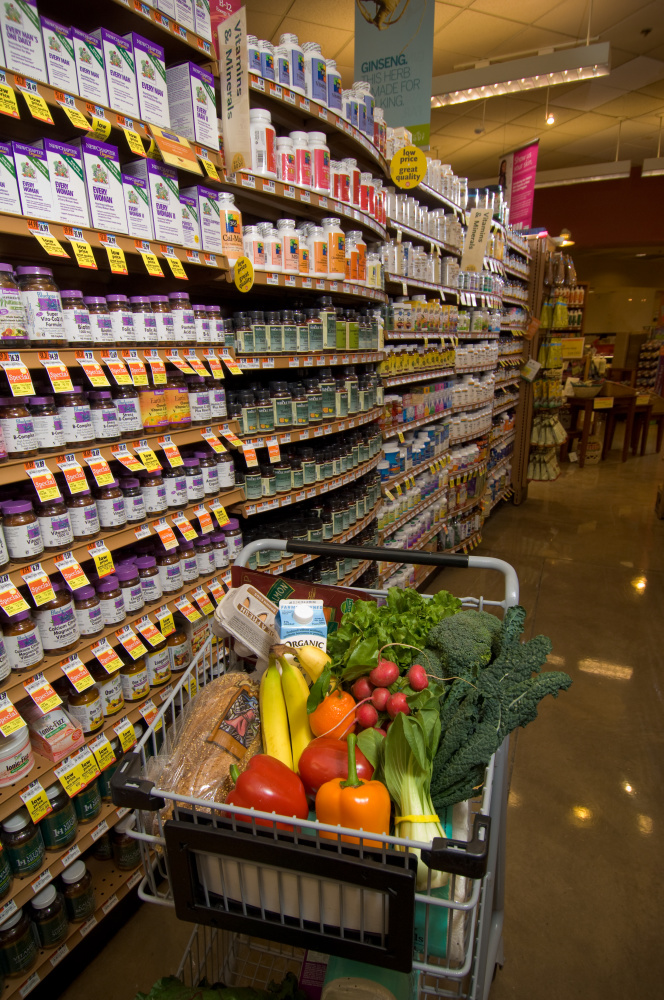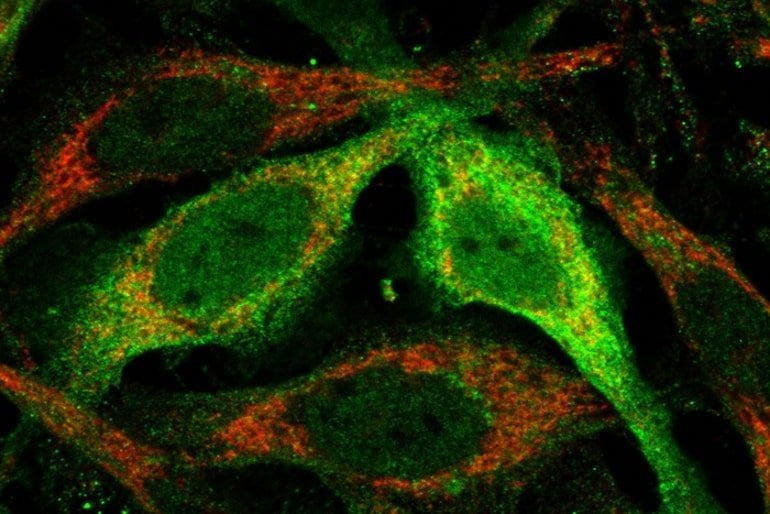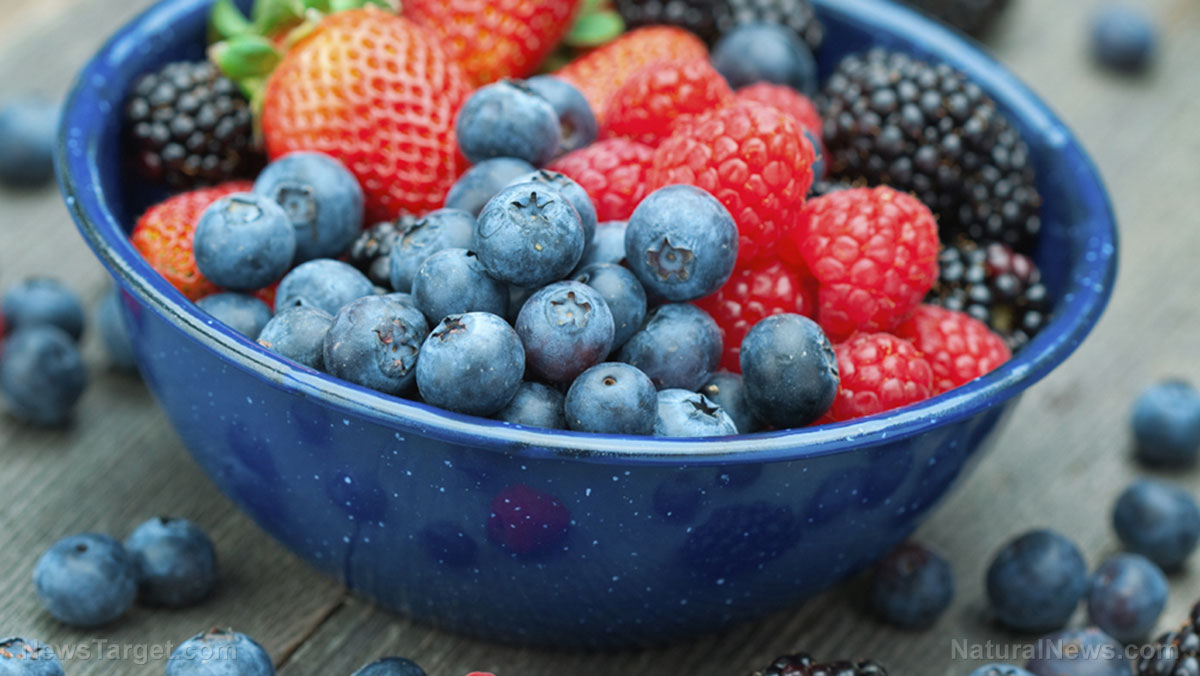
Story at-a-glance
- Coffee and tea are rich in beneficial antioxidants and other plant compounds that may boost your health
- Benefits to heart health, brain health, weight loss, and chronic disease prevention have been established
- For the best results, choose organic tea and coffee and drink it unsweetened without any milk or creamer
If you’re thirsty, pure water is always a good bet for a healthy beverage. But if you’re looking for a beverage to sip and savor while you start your day, take a work break, or relax in the evening, water doesn’t always hit the spot.
Fortunately, while there is no substitute for water (your body needs a healthy amount each and every day) there are other healthy beverages to choose from. Chief among those are coffee and tea, which should be good news to most of you, since these are among the most consumed beverages in the world.
Coffee has gotten a bad rap for health largely because 97 percent of it is sprayed with pesticides, and an artifact of optimizing for cost contaminates many of the beans with mycotoxins. Improper roasting is another area where toxins like acrylamide can creep in.
I am not saying this to justify my coffee addiction, because I do not enjoy the taste and have probably had less than five cups in my entire life, primarily to combat jet lag. To me the evidence is very clear: properly grown, harvested and roasted coffee can be very healthy.
Up to Five Cups of Coffee a Day Is OK – and Likely Good for You
In its recommendations for the 2015 edition of Dietary Guidelines for Americans, a government advisory committee, for the first time, said Americans could safely consume up to five cups of coffee a day, or approximately 400 milligrams (mg) of caffeine, with no detrimental effects.1
The recommendation was based on an evaluation of multiple meta-analyses and other studies evaluating the link between coffee and chronic diseases, including cancer, type 2 diabetes, heart disease, Parkinson’s, and Alzheimer’s.
While coffee has long gotten a bad rap because of its caffeine content, it also contains beneficial antioxidants, including significant amounts of hydrocinnamic acid and polyphenols.
In fact, because Americans drink so much of it, coffee is the number one source of antioxidants in the U.S. diet – with researchers noting “nothing else even comes close.”2 The antioxidants may even help neutralize the harsher effects of the caffeine that coffee naturally contains.3
Coffee May Be Good for Your Heart
It used to be said that coffee could increase your blood pressure, at least temporarily. But longer-term studies haven’t found a connection, and it’s now thought people may develop a tolerance to coffee’s hypertensive effects.4
On the other hand, increasing research suggests coffee may be quite good for your heart health. One meta-analysis that included data from 11 studies and nearly 480,000 people found drinking two to six cups of coffee a day was associated with a lower risk of stroke.5 That study noted:
“The phenolic compounds in coffee possess antioxidant capacity and can inhibit the oxidative modification of low density lipoprotein cholesterol, thereby reducing the atherosclerotic process.
… [M]oderate coffee consumption (1 to 3 cups/day in the United States or 3 to 4 cups/day in Europe) was associated with a significantly lower risk of coronary heart disease in women… Ample evidence also indicates that coffee consumption is inversely associated with risk of type 2 diabetes, which is a risk factor for cardiovascular disease.”
Further, in a study of more than 25,000 people, those who drank a moderate amount of coffee – defined as three to five cups daily – were less likely to have calcium deposits in their coronary arteries than those who drank no coffee or more coffee daily.6
A large part of arterial plaque consists of calcium deposits (atherosclerosis), hence the term “hardening of the arteries.” Coronary artery calcium can be a significant predictor of future heart disease risk.
In addition, one study showed moderate coffee drinking reduces your chances of being hospitalized for heart rhythm problems.7 Another study found it may trigger a 30 percent increase in blood flow in your small blood vessels, which might take some strain off your heart.8
Coffee for Your Brain Health?
Coffee is renowned for its ability to make you feel more alert and focused, and boost cognitive performance, at least temporarily, but it also has some impressive benefits for brain health.
The chlorogenic acid (CGA) in coffee, for instance, protects neurons from glutamate neurotoxicity, which suggests it may have benefits for neurodegenerative diseases such as ischemic stroke.9
Drinking three to five cups of coffee a day in middle age has even been associated with a decreased risk of dementia and Alzheimer’s disease (by about 65 percent!) later in life.10
Caffeine also promotes production of the neurotransmitters serotonin, dopamine, and noradrenaline, and triggers the release of brain-derived neurotrophic factor (BDNF), which activates brain stem cells to convert into new neurons, thereby improving your brain health.
Among people with mild cognitive impairment (MCI), those with higher blood levels of caffeine (due to coffee consumption) were also less likely to progress to full-blown dementia.11 “Caffeine/coffee intake is associated with a reduced risk of dementia or delayed onset, particularly for those who already have MCI,” the researchers said.
Coffee Might Fight Against Cancer, Too
Polyphenols in coffee, such as lignan phytoestrogens, flavonoids, and polyphenols are also known to have anti-cancer properties, as does caffeic acid, which inactivates several pathways involved in the development of tumors – including cell cycle regulation, inflammatory and stress response, and apoptosis.
In one recent study of people with advanced (stage III) colon cancer, drinking four or more cups of caffeinated coffee daily lowered the risk of cancer recurrence or death during the study by 52 percent compared to those who drank no coffee.
Drinking two or three cups per day was also beneficial, lowering the risk of recurrence or death by 31 percent.12
The researchers stressed that other caffeinated beverages, such as soda, did not have the same effect. No link was found between decaffeinated coffee and risk of colon cancer recurrence either.
Other research, a meta-analysis involving 59 studies, revealed an increase in consumption of one cup of coffee per day was associated with a 3 percent reduced risk of cancers.13 According to the researchers:
“Coffee drinking was associated with a reduced risk of bladder, breast, buccal and pharyngeal, colorectal, endometrial, esophageal, hepatocellular, leukemic, pancreatic, and prostate cancers.”14
There’s even research showing coffee consumption could lower your risk of skin cancer. Drinking four cups of caffeinated coffee daily might reduce your risk of melanoma, the most dangerous form of skin cancer.15
And one 2007 meta-analysis found an increase in consumption of two cups of coffee per day was associated with a 43 percent reduced risk of liver cancer16 – a finding that has been confirmed by more recent research.
More Reasons to Drink Coffee…
If you don’t drink coffee, there’s no reason to start up the habit for the sake of your health. There are many other ways to flood your diet with antioxidants – such as eating fresh vegetables and even cocoa.
However, if you’re already a coffee drinker you’ll be happy to know that coffee has also been linked to a lower risk of type 2 diabetes and a lower risk of obesity and metabolic syndrome.17 According to Harvard Medical School:18
“Heavy coffee drinkers may be half as likely to get diabetes as light drinkers or nondrinkers. Coffee may contain ingredients that lower blood sugar. A coffee habit may also increase your resting metabolism rate, which could help keep diabetes at bay.”
Decaffeinated coffee seems to have less of a protective effect against diabetes than caffeinated coffee, likely because it lacks caffeine. As reported by the New York Times:19
“One hypothesis is that caffeine increases the body’s sensitivity to insulin, so it requires less of the hormone. That, in turn, may reduce inflammation, which is a risk factor for diabetes and cancer.”
Research published in the New England Journal of Medicine has even shown that coffee consumption is inversely associated with premature death. The more coffee drank, the lower the risk of death became, including deaths from heart disease, respiratory disease, stroke, injuries and accidents, diabetes, and infections.20
5 Reasons to Have a Cup of Tea
It’s not only coffee that’s rich in antioxidants and provides a healthy addition to water for your beverage options. Tea ranks right up alongside coffee in terms of health benefits, so choose whichever you prefer (or drink both!). Although coffee is the most popular beverage in the US, tea takes the number one spot globally. As noted by the Epoch Times:21
“Around the world, tea is the most common drink after water. Popularity increased in the 1800s because the practice of boiling water to make the tea meant water-borne pathogens like cholera and typhoid would be killed, making it safer to drink.”
Regardless of variety, black and green tea (as well as oolong, dark, and white teas) come from the same plant, an evergreen called Camellia sinensis. It is the processing method and degree of oxidization (exposure to oxygen) that creates the different tea types. While black tea is oxidized, green tea is not oxidized at all after the leaves are harvested. This minimal oxidation may help to keep the beneficial antioxidants in green tea intact, although both green and black teas have beneficial effects.
1.Rich in Antioxidants
Tea is rich in naturally occurring plant compounds called polyphenols, which can account for up to 30 percent of the dry leaf weight of tea, for instance. Within the group of polyphenols are flavonoids, which contain catechins. One of the most powerful catechins is epigallocatechin-3-gallate (EGCG), which has been shown to positively impact a number of illnesses and conditions. While green tea is a rich source of catechins, black tea is a rich source of tannins, which also have potent antioxidant properties.
2.Brain Health
Tea shows promise for protecting brain health. In a study presented at the 2015 International Conference on Alzheimer’s and Parkinson’s Diseases, those who drank green tea one to six days a week had less mental decline than those who didn’t drink it.22
Green tea also contains theanine, an amino acid that crosses the blood-brain barrier and has psychoactive properties. Theanine increases levels of gamma-aminobutyric acid (GABA), serotonin, dopamine, and alpha wave activity, and may reduce mental and physical stress and produce feelings of relaxation.23 Theanine may also help to prevent age-related memory decline24 and has been shown to affect areas of your brain involved in attention and complex problem-solving.25
3.Weight Loss
There is some evidence that long-term consumption of green tea catechins is beneficial for burning fat and may work with other chemicals to increase levels of fat oxidation and thermogenesis. In one meta-analysis, a mixture of catechin (tea and caffeine resulted in more fat break down than a placebo or caffeine only.26 People consuming catechins from green tea also lost nearly three pounds more, and were more likely to maintain the loss, than those not consuming them.27
Drinking coffee or tea before your meals may also help with weight loss simply because they help you to consume more water. Research shows drinking 16 ounces of water before a meal lost about nine pounds over a 12-week period, which was three more pounds than the group that didn’t drink water before meals.28 A cup of coffee or tea would certainly count toward this water requirement and may offer additional weight loss benefits as well.
4.Diabetes
Like coffee, drinking tea may help lower your risk of type 2 diabetes. One study found people who consume six or more cups of green tea daily had a 33 percent lower risk of developing type 2 diabetes than those who consumed less than one cup per week.29 A meta-analysis also revealed that drinking three cups (or more) of tea daily is associated with a lower risk of type 2 diabetes.30
5.Heart Health
Green tea improves both blood flow and the ability of arteries to relax, with research suggesting a few cups of green tea each day may help prevent heart disease.31 Study results also show EGCG can be helpful for the prevention of arteriosclerosis, cerebral thrombus, heart attack, and stroke — in part due to its ability to relax your arteries and improve blood flow.32 In addition, as reported by the Epoch Times:33
“A Cochrane review evaluated 11 randomized controlled trials that ran for at least three months and were aimed at preventing heart disease in healthy adults or those at high risk of heart disease. Pooled results showed that both green tea and black tea significantly reduced blood pressure, with black tea lowering LDL-cholesterol and green tea lowering total cholesterol.”34
How to Make Your Tea Even Healthier…
To boost the benefits of green tea, add a squirt of lemon juice to your cup. Previous research has demonstrated that vitamin Csignificantly increases the amount of catechins available for your body to absorb. In fact, citrus juice increased available catechin levels by more than five times, causing 80 percent of tea’s catechins to remain bioavailable.35 On the other hand, while adding lemon juice is beneficial, adding milk is not. The proteins in milk may bind to and neutralize the antioxidants in tea, such that its health benefits are significantly reduced.36
And be aware that green tea plants are known to be especially effective at absorbing lead from the soil, which is then taken up into the plants’ leaves. Areas with excessive industrial pollution, such as China (where nearly 90 percent of the world’s green tea is produced),37 may therefore contain substantial amounts of lead.38 Both black and green teas are also naturally high in fluoride, even if organically grown without pesticides.
This is because the plant readily absorbs fluoride thorough its root system, including naturally occurring fluoride in the soil. When selecting tea of any kind, it should preferably be organic (to avoid pesticides) and grown in a pristine environment because, as mentioned, tea is known to accumulate fluoride, heavy metals, and other toxins from soil and water. A clean growing environment is essential to producing a pure, high-quality tea.
The Healthiest Coffee Is Black and Organic
Just as you should avoid adding milk and sugar to your tea – and look for organic, high-quality sources – the healthiest form of coffee is organic and black. Remember, coffee beans are one of the most heavily pesticide-sprayed crops.and less than 3% is organic. So, you should select only coffee beans that are certified organic. Ideally it’s also best to purchase fair traded coffee.
Some research suggests that adding dairy to your coffee may interfere with your body’s absorption of beneficial chlorogenic acids.39 Meanwhile, if you add sugar to your coffee you’ll spike your insulin levels, which contributes to insulin resistance.
Whenever possible, purchase sustainable “shade-grown” coffee as well to help prevent the continued destruction of our tropical rain forests and the birds that inhabit them. There are many who say shade-grown coffee tastes better as well. In addition, you’ll want to purchase whole-bean coffee that smells and tastes fresh, not stale; if your coffee does not have a pleasant aroma, it is likely rancid.
Grind it yourself to prevent rancidity, as pre-ground coffee may be rancid by the time you get it home. If you use a “drip” coffee maker, be sure to use non-bleached filters. The bright white ones are chlorine-bleached, and some of this chlorine will leach from the filter during the brewing process.
Bleached filters are also notoriously full of dangerous disinfection byproducts, such as dioxin. As mentioned, you needn’t start drinking coffee, or tea for that matter, if you don’t already. But if you enjoy it, feel free to indulge without guilt (and knowing your habit may be quite healthy, as long as you don’t take it to excess).
There is one caveat though pertaining to pregnant women, as caffeine can significantly impact the growing fetus. It is able to freely pass through the placenta, and since caffeine does not provide any benefits to your baby, only potential hazards, I strongly recommend pregnant women avoid ALL forms of caffeine.
Source:mercola.com



.jpg)





































